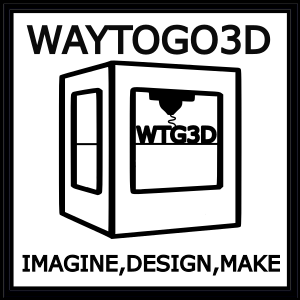PLA Material
PLA Colour Table
Colour |
Hex Code |
Display |
|---|---|---|
| White | #FFFFFF | |
| Biege | #F7E6DE | |
| Gold | #E4BD68 | |
| Silver | #A6A9AA | |
| Gray | #8E9089 | |
| Bronze | #847D48 | |
| Brown | #9D432C | |
| Red | #C12E1F | |
| Magenta | #EC008C | |
| Pink | #F55A74 | |
| Orange | #FF6A13 | |
| Yellow | #F4EE2A | |
| BGreen | #16C344 | |
| Cyan | #0086D6 | |
| Green | #164B35 | |
| Blue | #0A2989 | |
| Purple | #5E43B7 | |
| Blue Gray | #5B6579 | |
| Black | #000000 | |
| Mistletoe Green | #3F8E43 |
